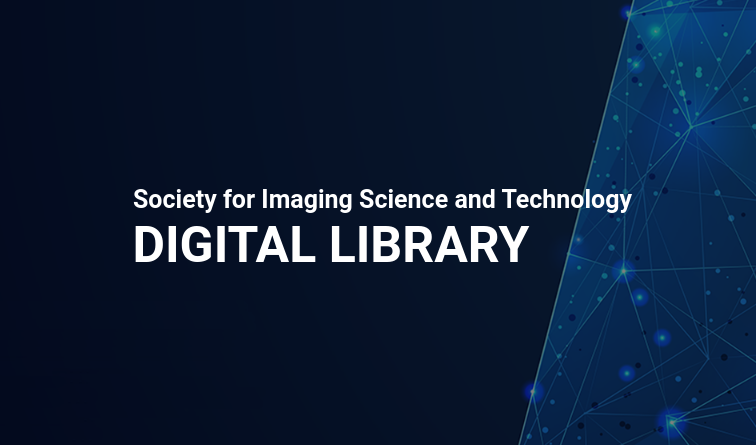
As facial authentication systems become an increasingly advantageous technology, the subtle inaccuracy under certain subgroups grows in importance. As researchers perform data augmentation to increase subgroup accuracies, it is critical that the data augmentation approaches are understood. We specifically research the impact that the data augmentation method of racial transformation has upon the identity of the individual according to a facial authentication network. This demonstrates whether the racial transformation maintains critical aspects to an individual identity or whether the data augmentation method creates the equivalence of an entirely new individual for networks to train upon. We demonstrate our method for racial transformation based on other top research articles methods, display the embedding distance distribution of augmented faces compared with the embedding distance of non-augmented faces and explain to what extent racial transformation maintains critical aspects to an individual’s identity.

Current satellite imaging technology enables shooting highresolution pictures of the ground. As any other kind of digital images, overhead pictures can also be easily forged. However, common image forensic techniques are often developed for consumer camera images, which strongly differ in their nature from satellite ones (e.g., compression schemes, post-processing, sensors, etc.). Therefore, many accurate state-of-the-art forensic algorithms are bound to fail if blindly applied to overhead image analysis. Development of novel forensic tools for satellite images is paramount to assess their authenticity and integrity. In this paper, we propose an algorithm for satellite image forgery detection and localization. Specifically, we consider the scenario in which pixels within a region of a satellite image are replaced to add or remove an object from the scene. Our algorithm works under the assumption that no forged images are available for training. Using a generative adversarial network (GAN), we learn a feature representation of pristine satellite images. A one-class support vector machine (SVM) is trained on these features to determine their distribution. Finally, image forgeries are detected as anomalies. The proposed algorithm is validated against different kinds of satellite images containing forgeries of different size and shape.